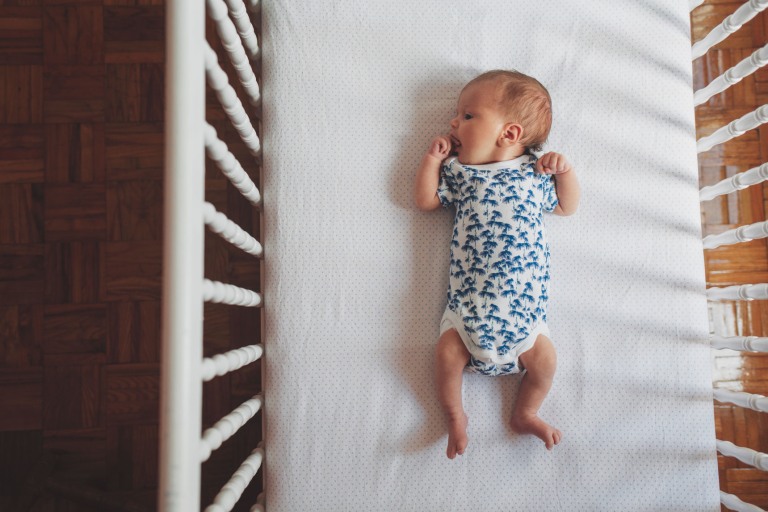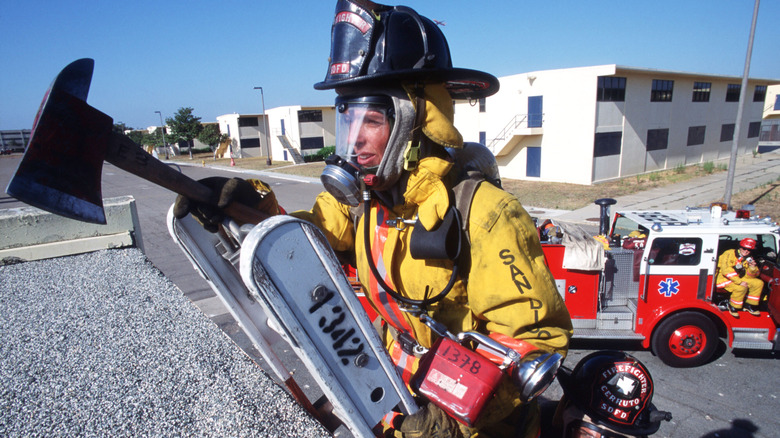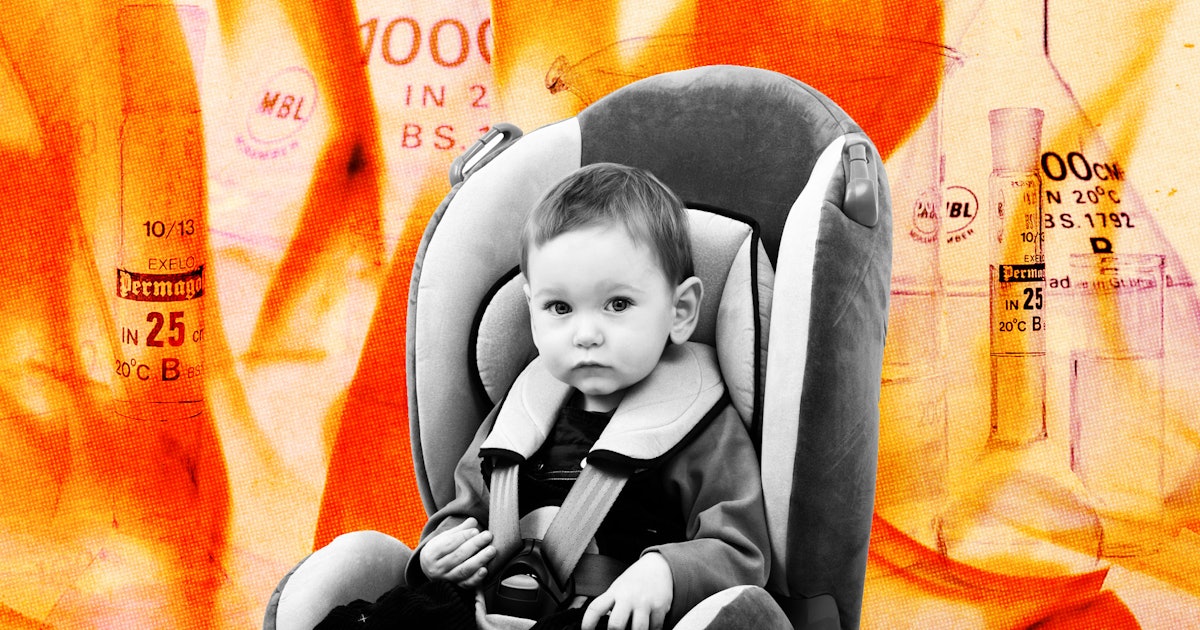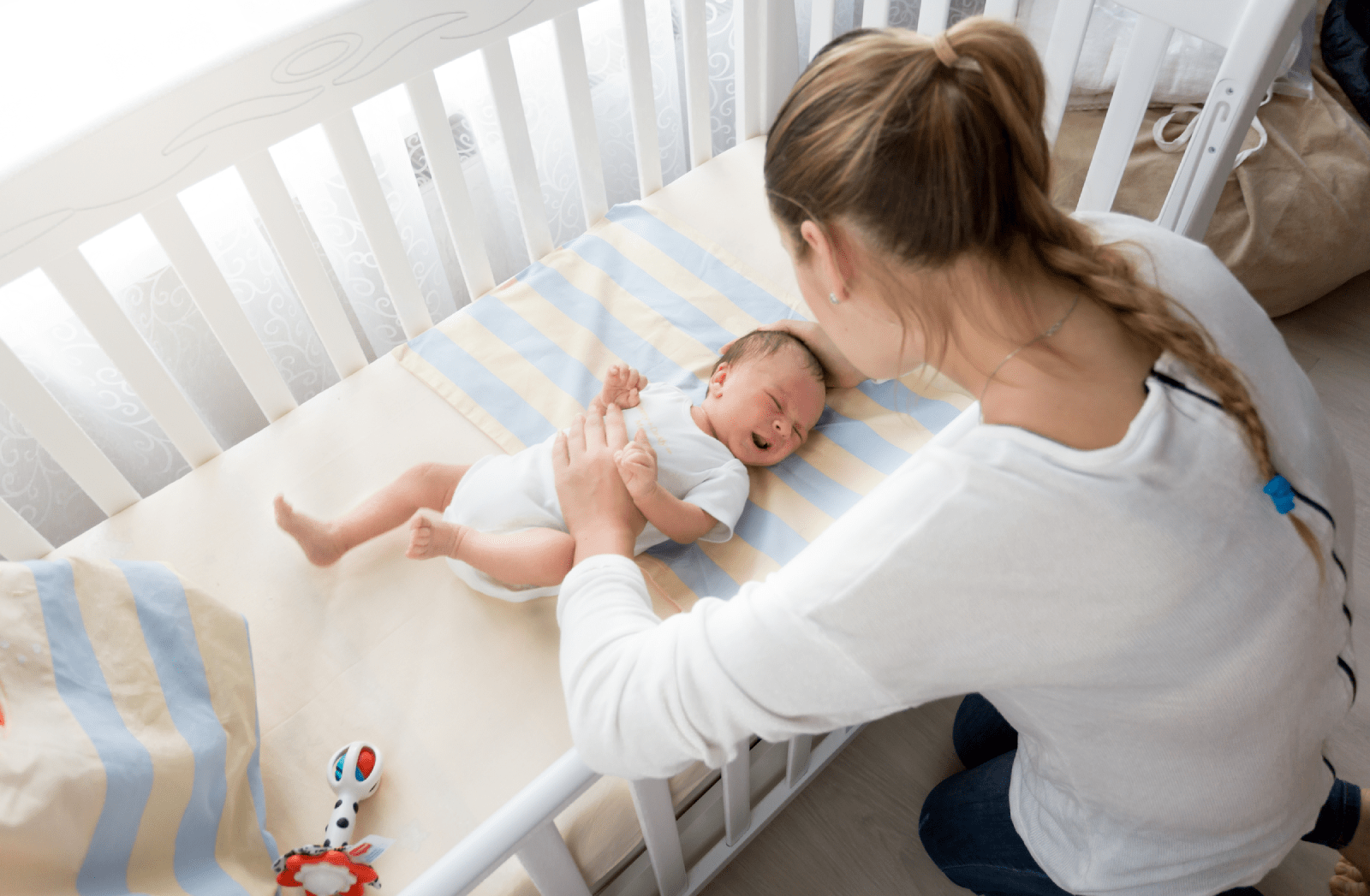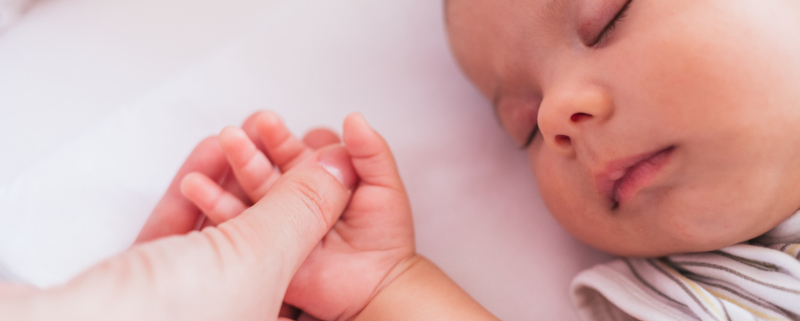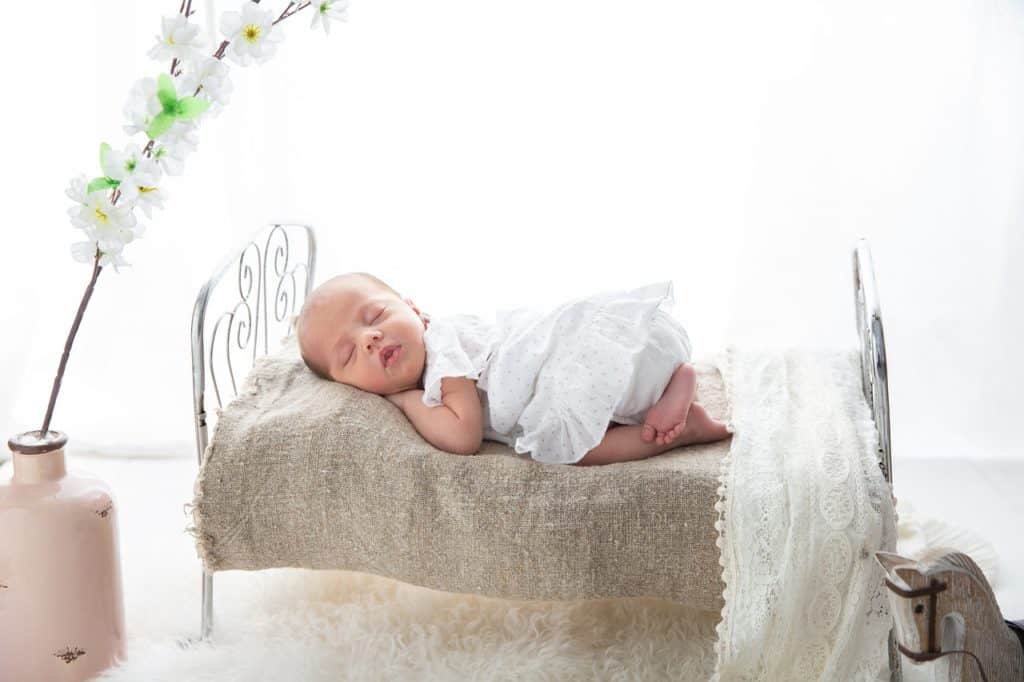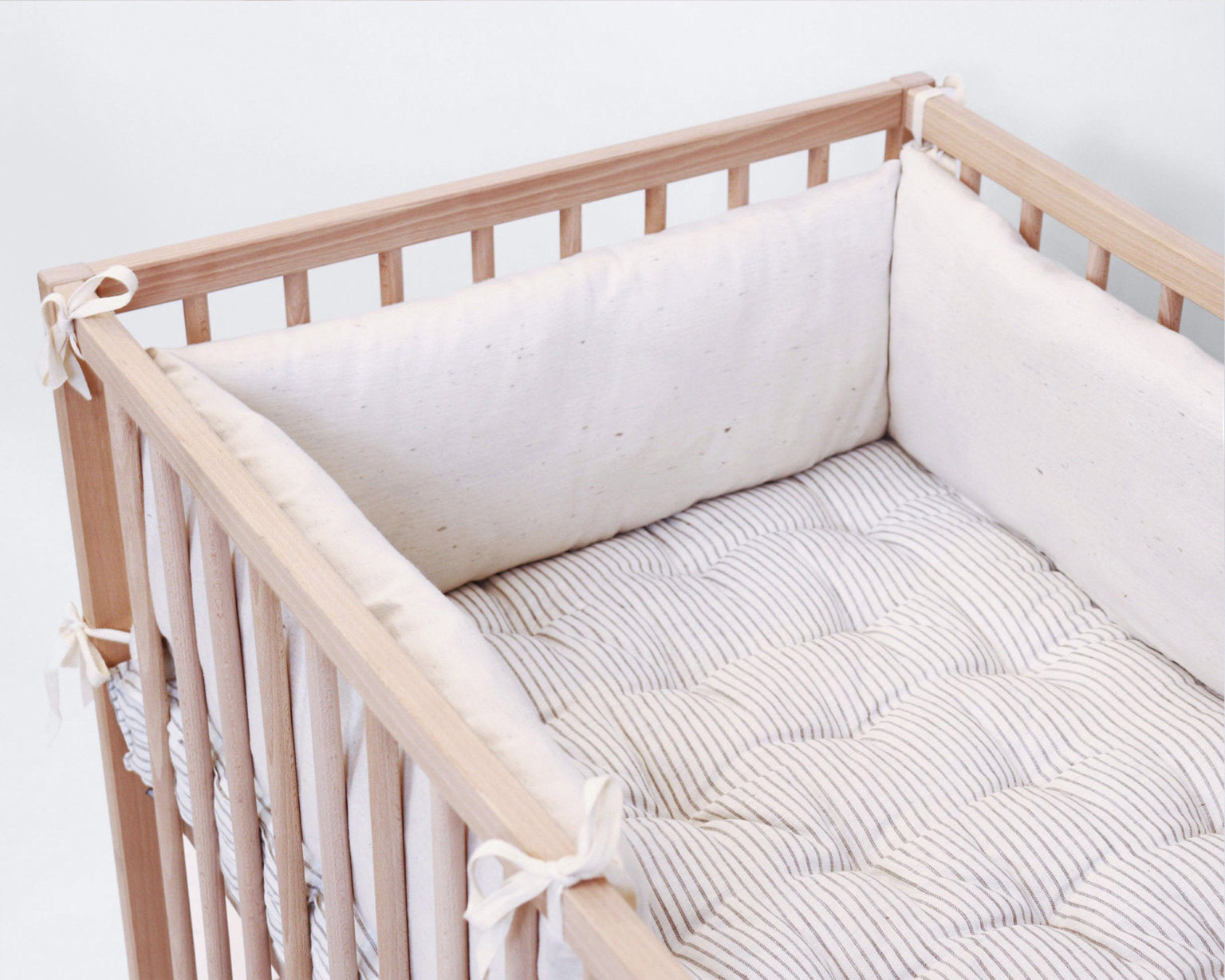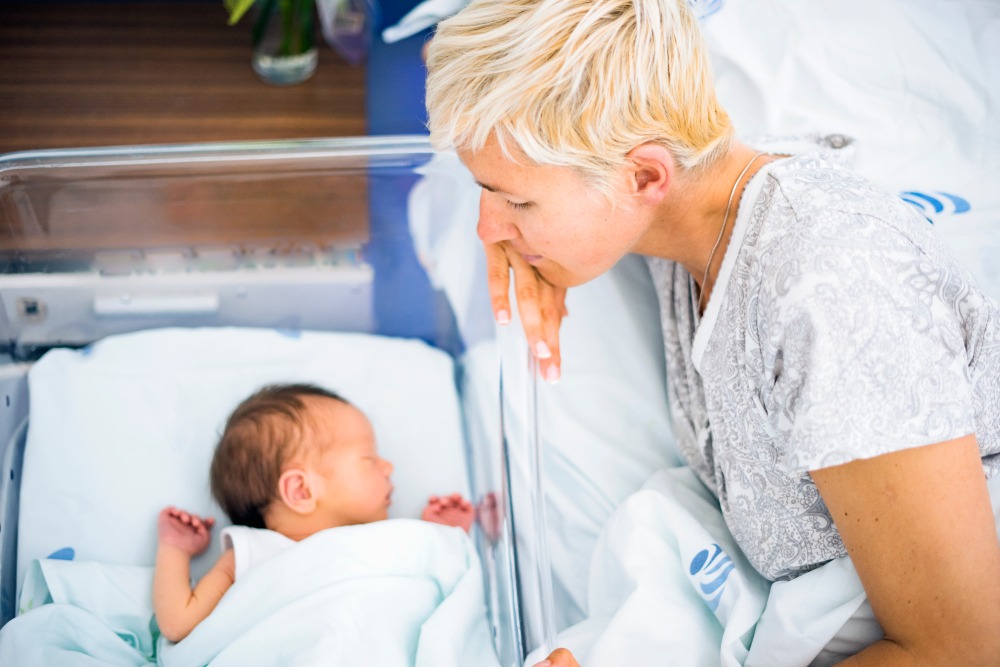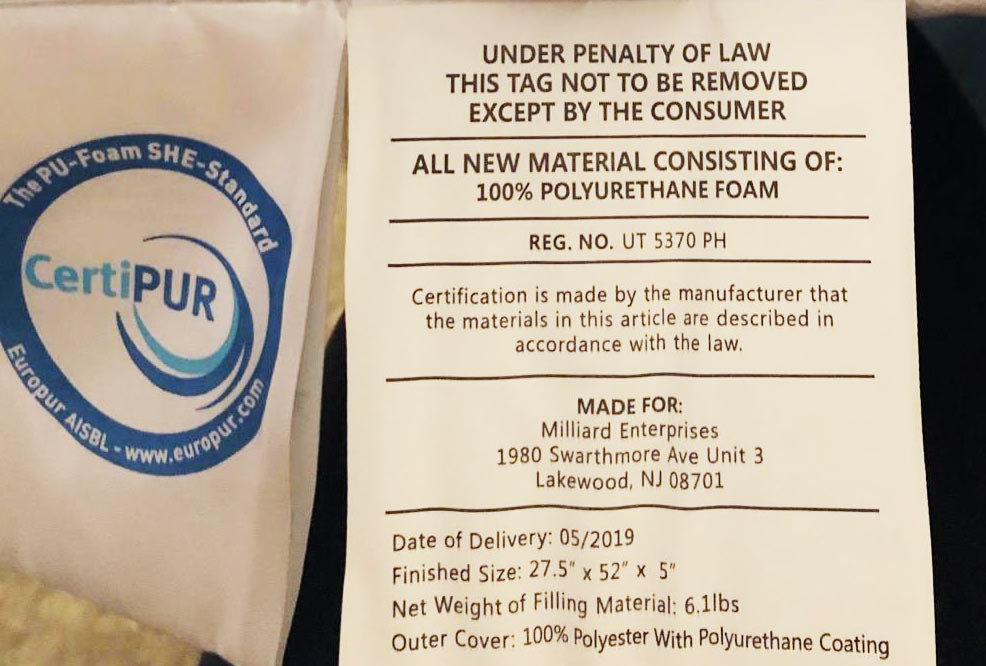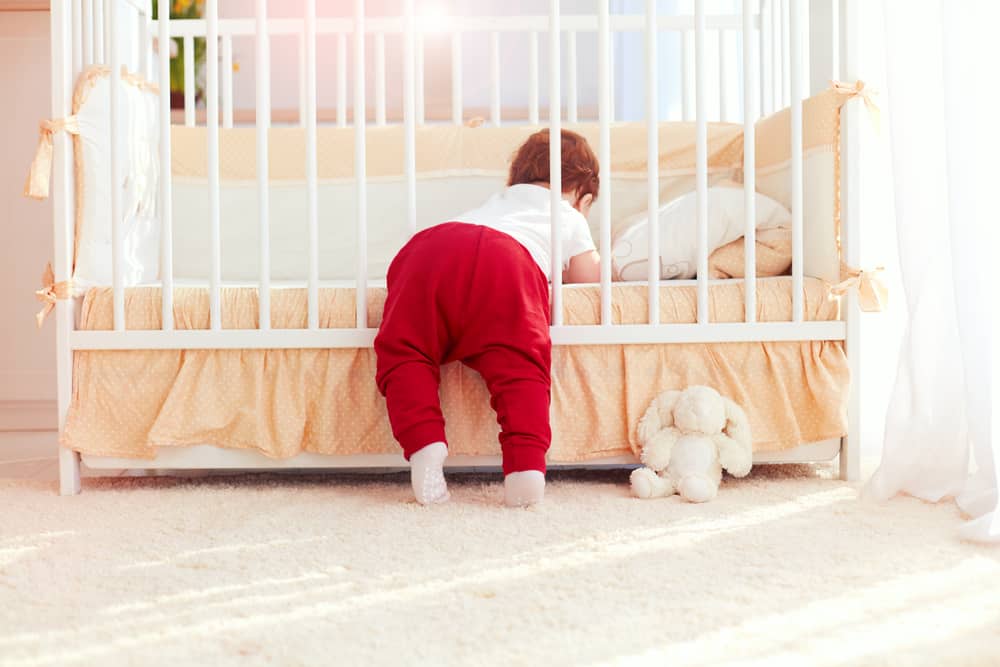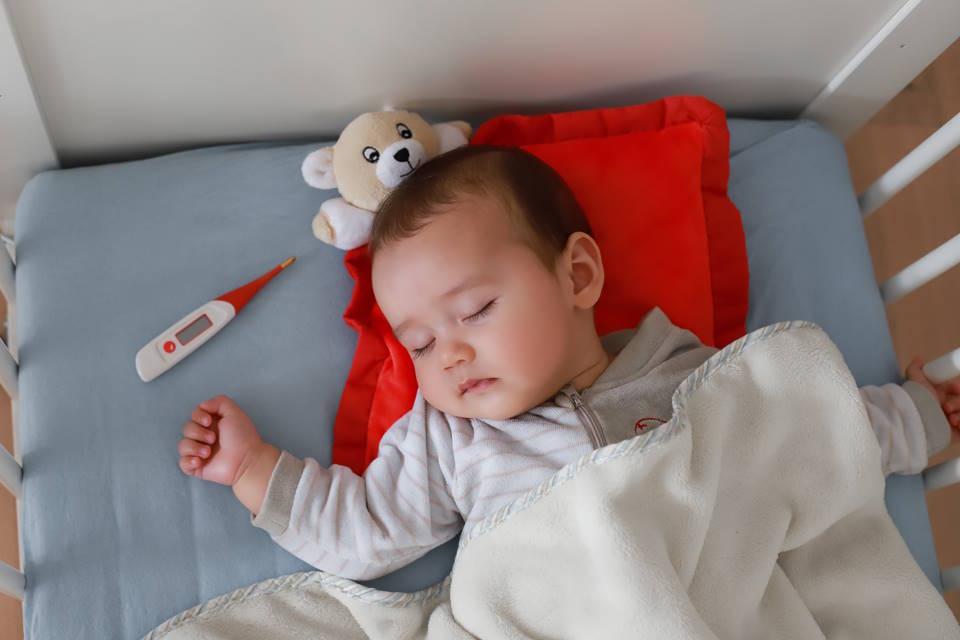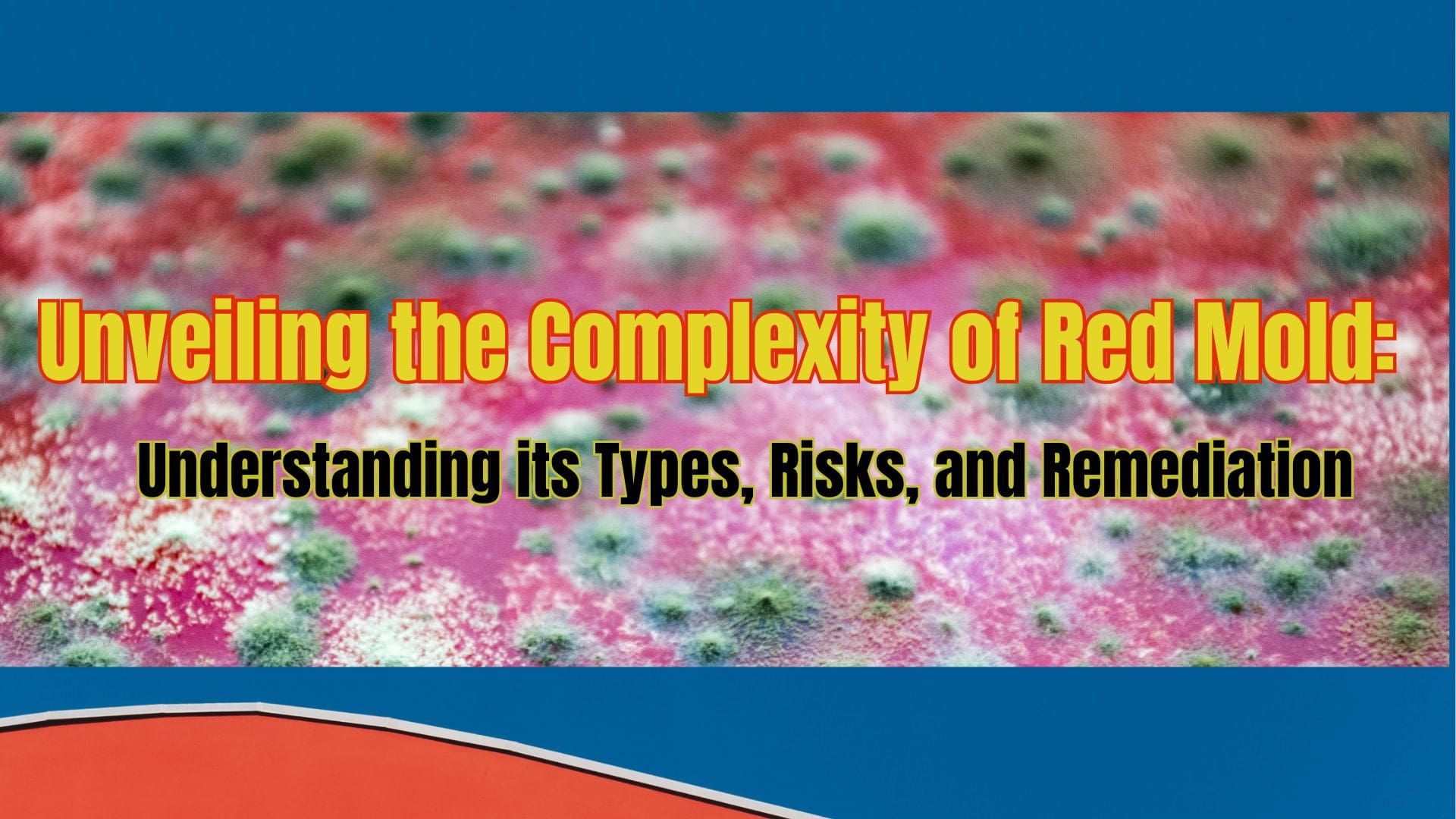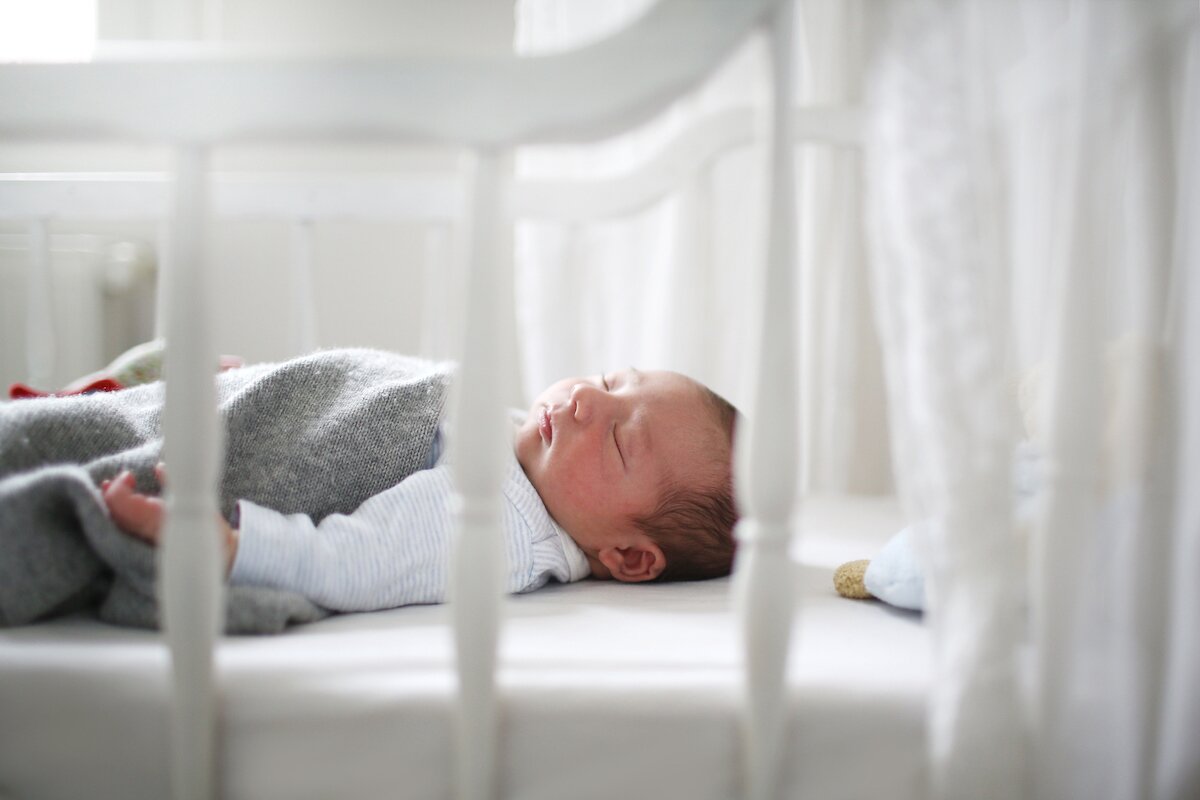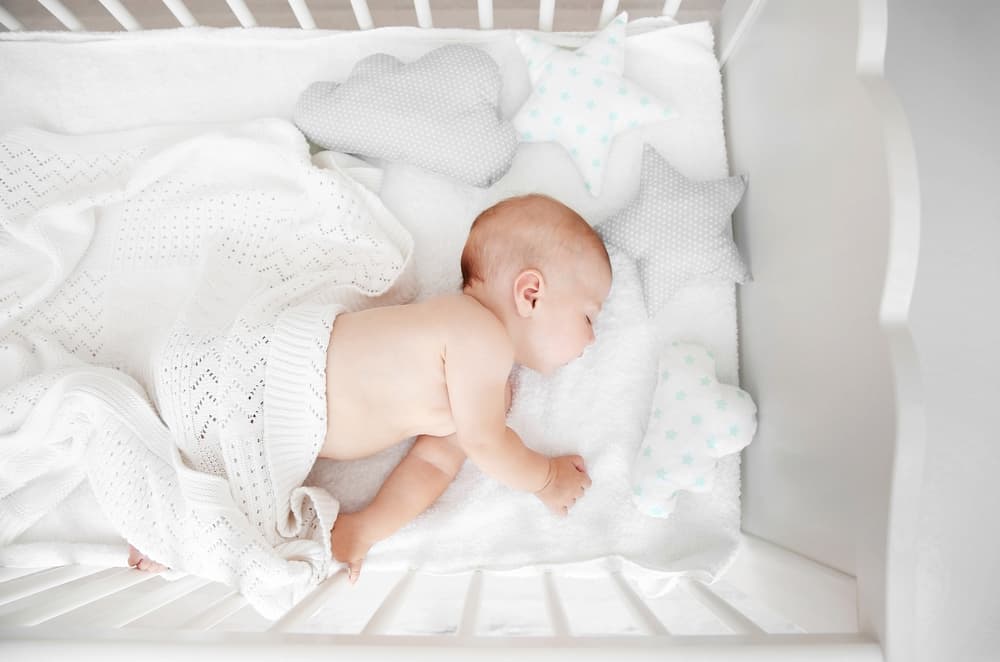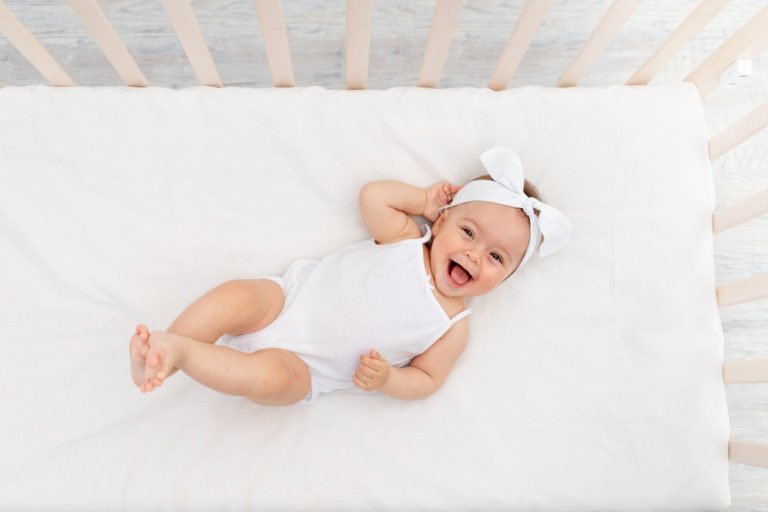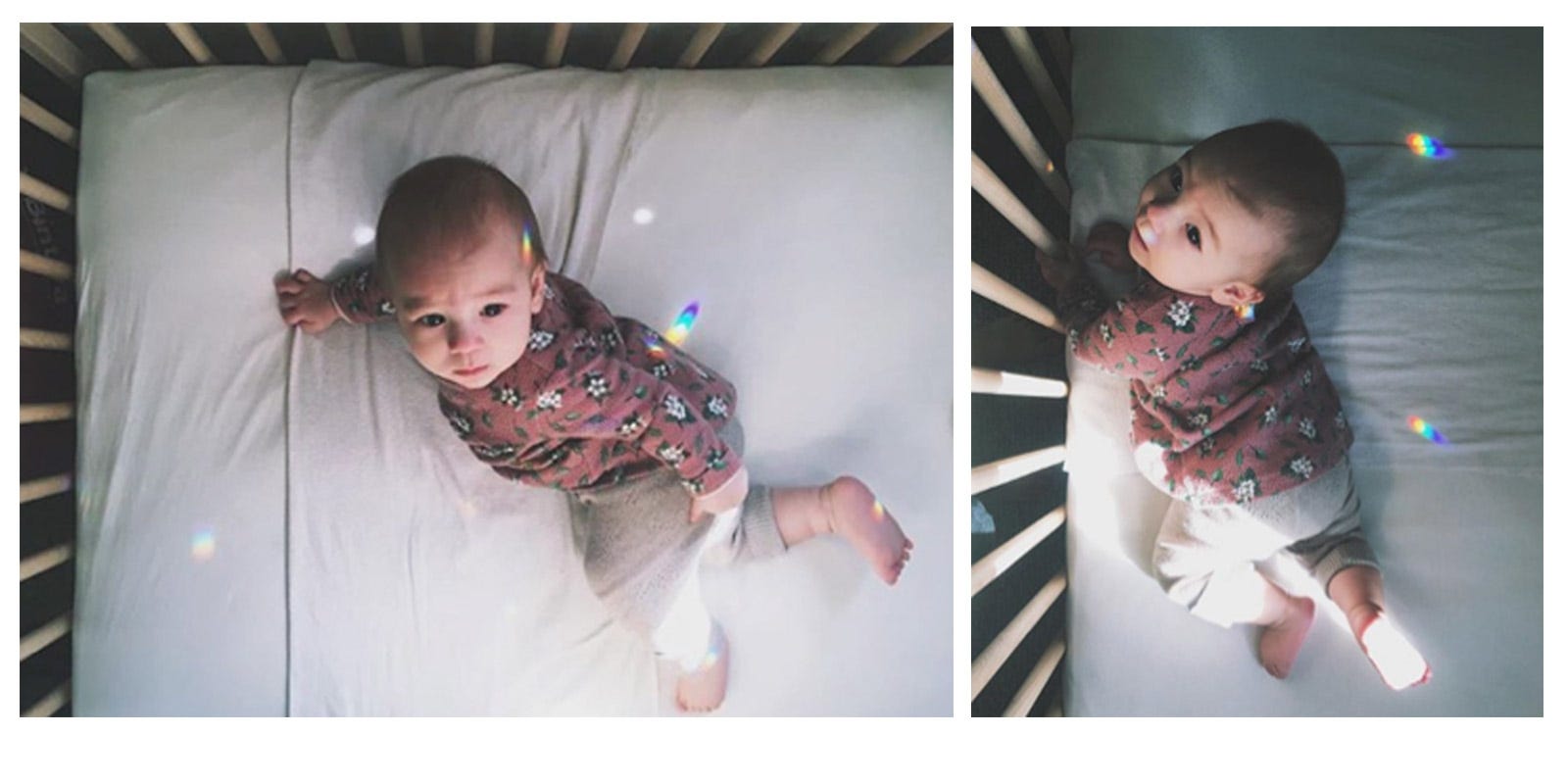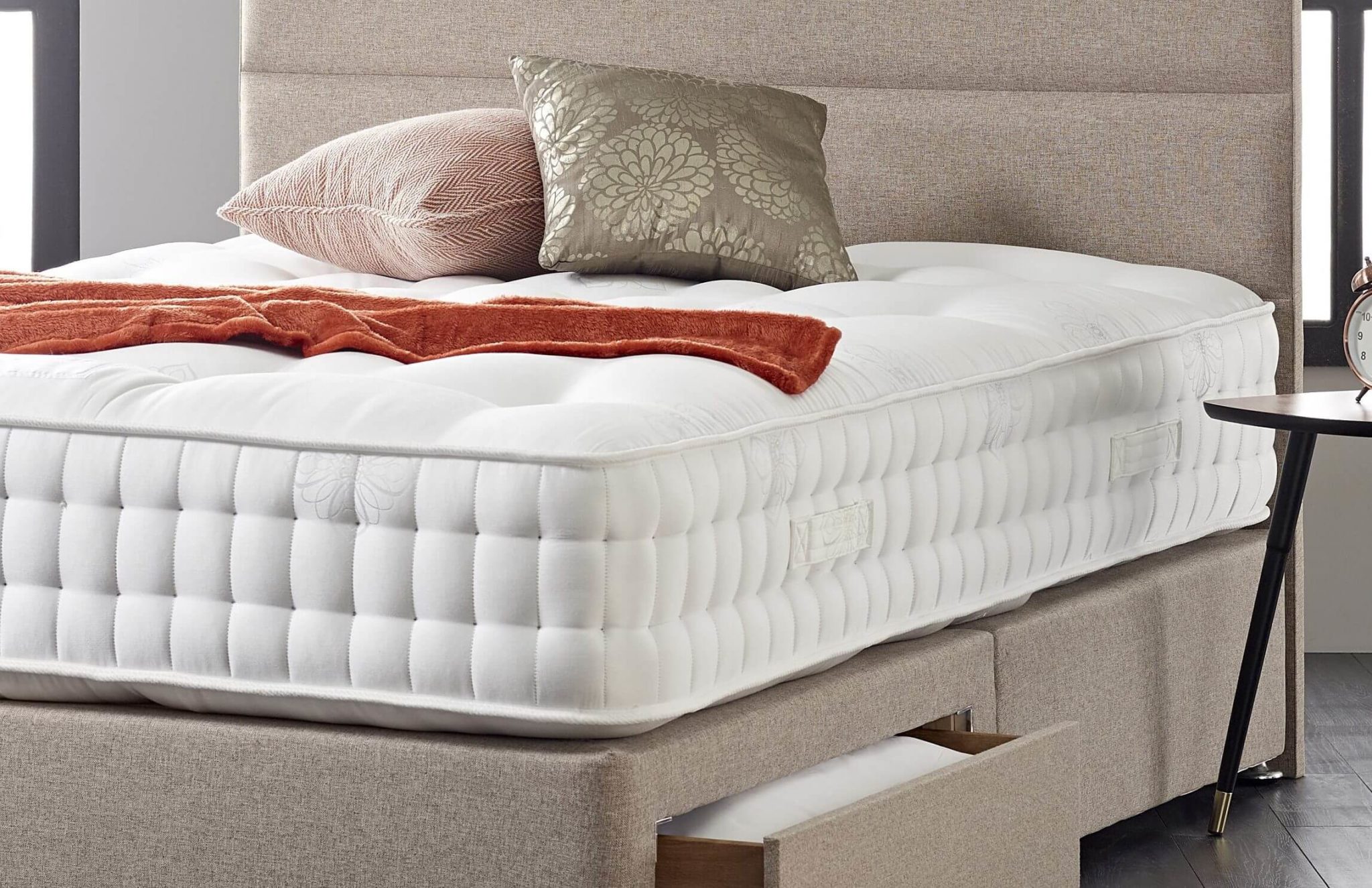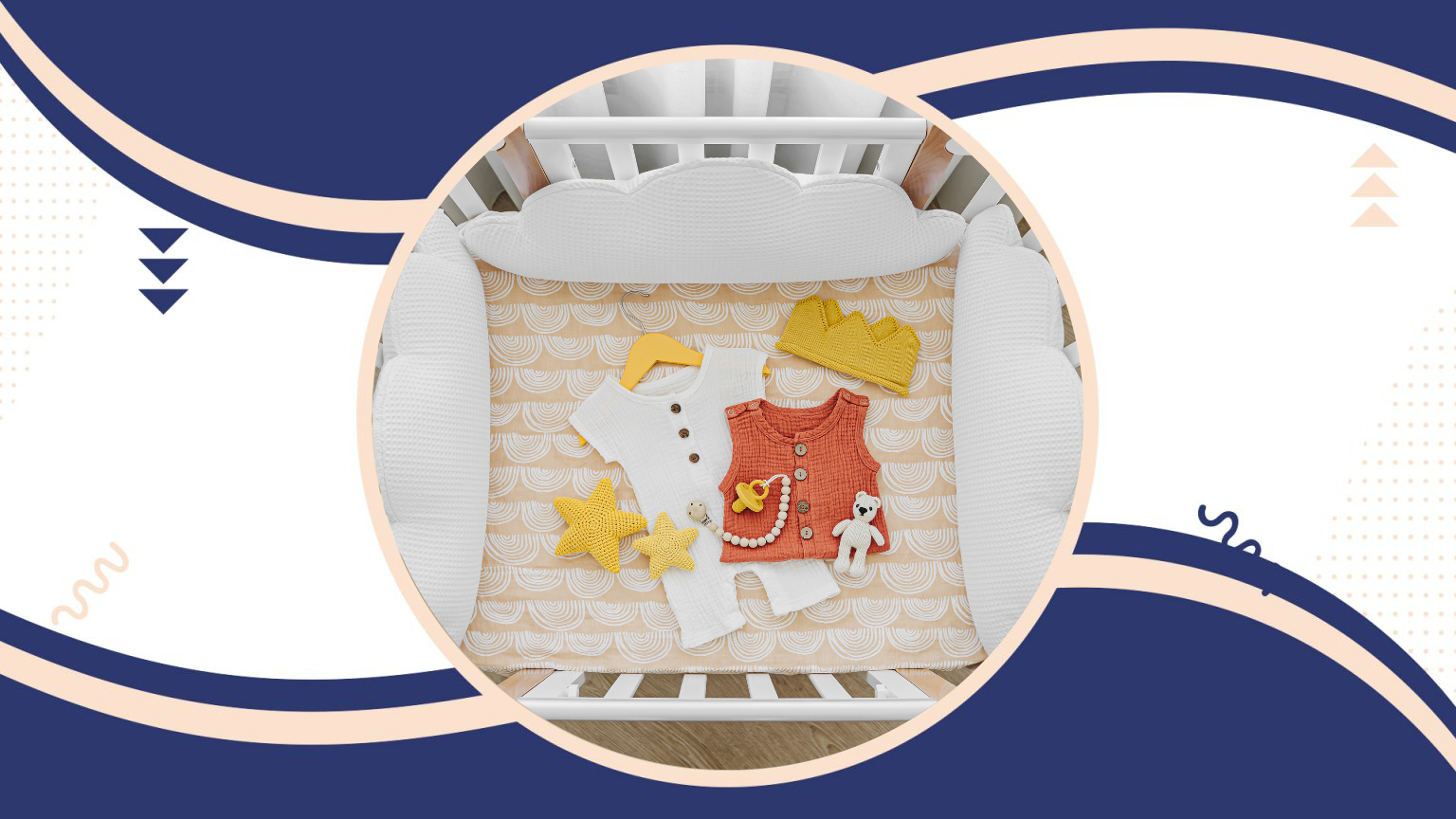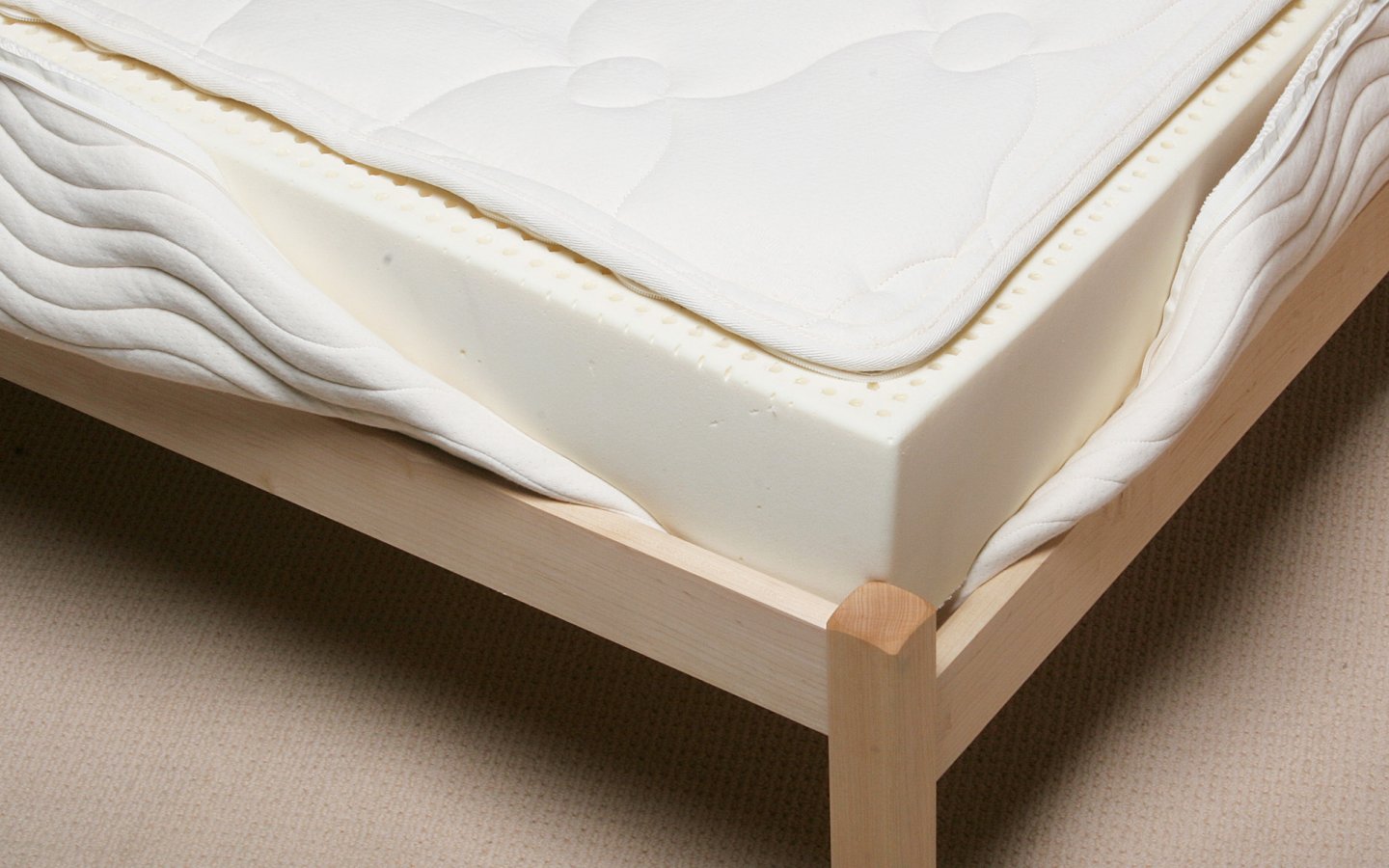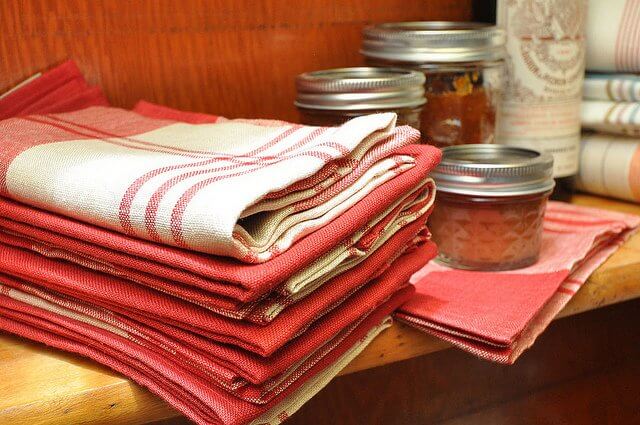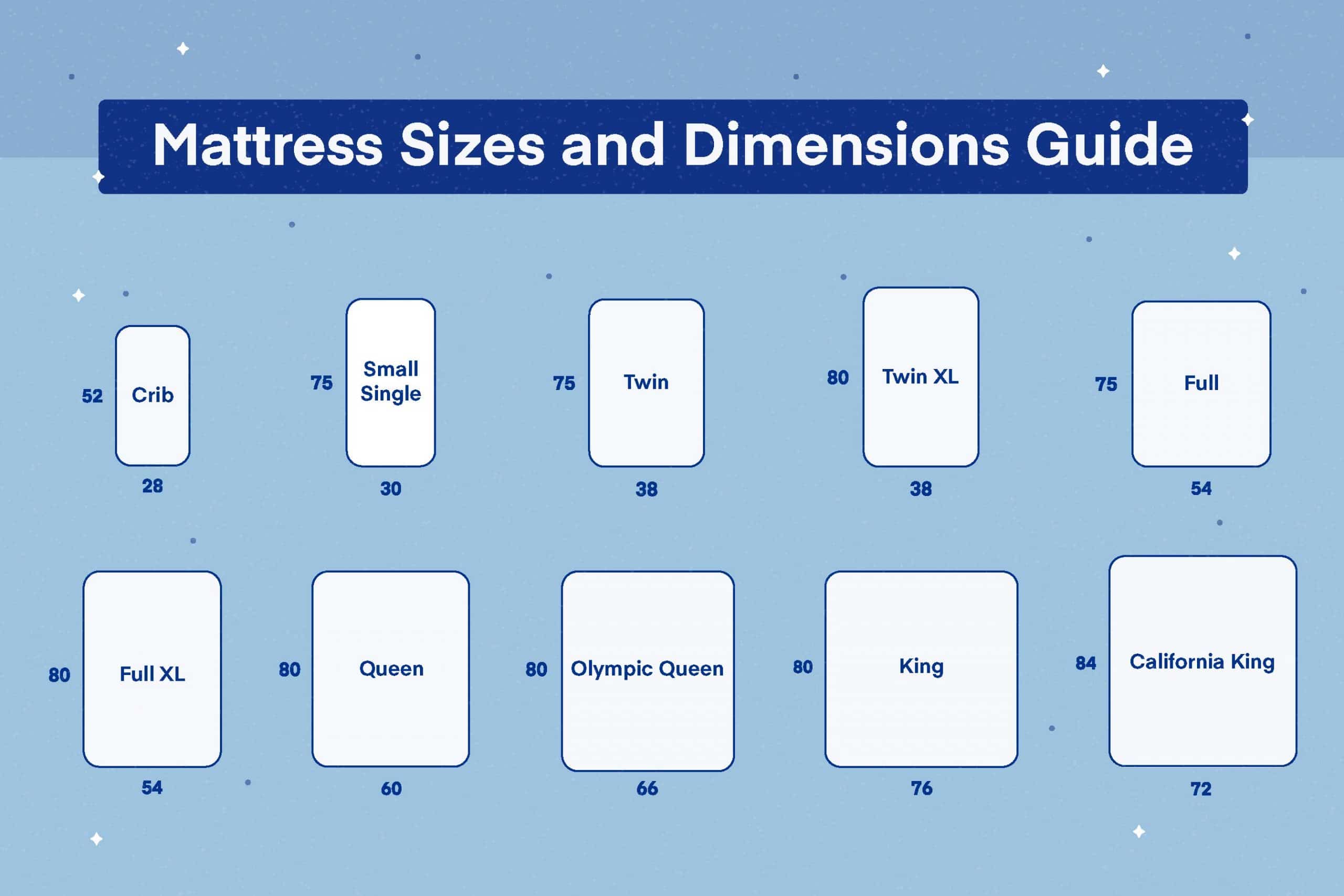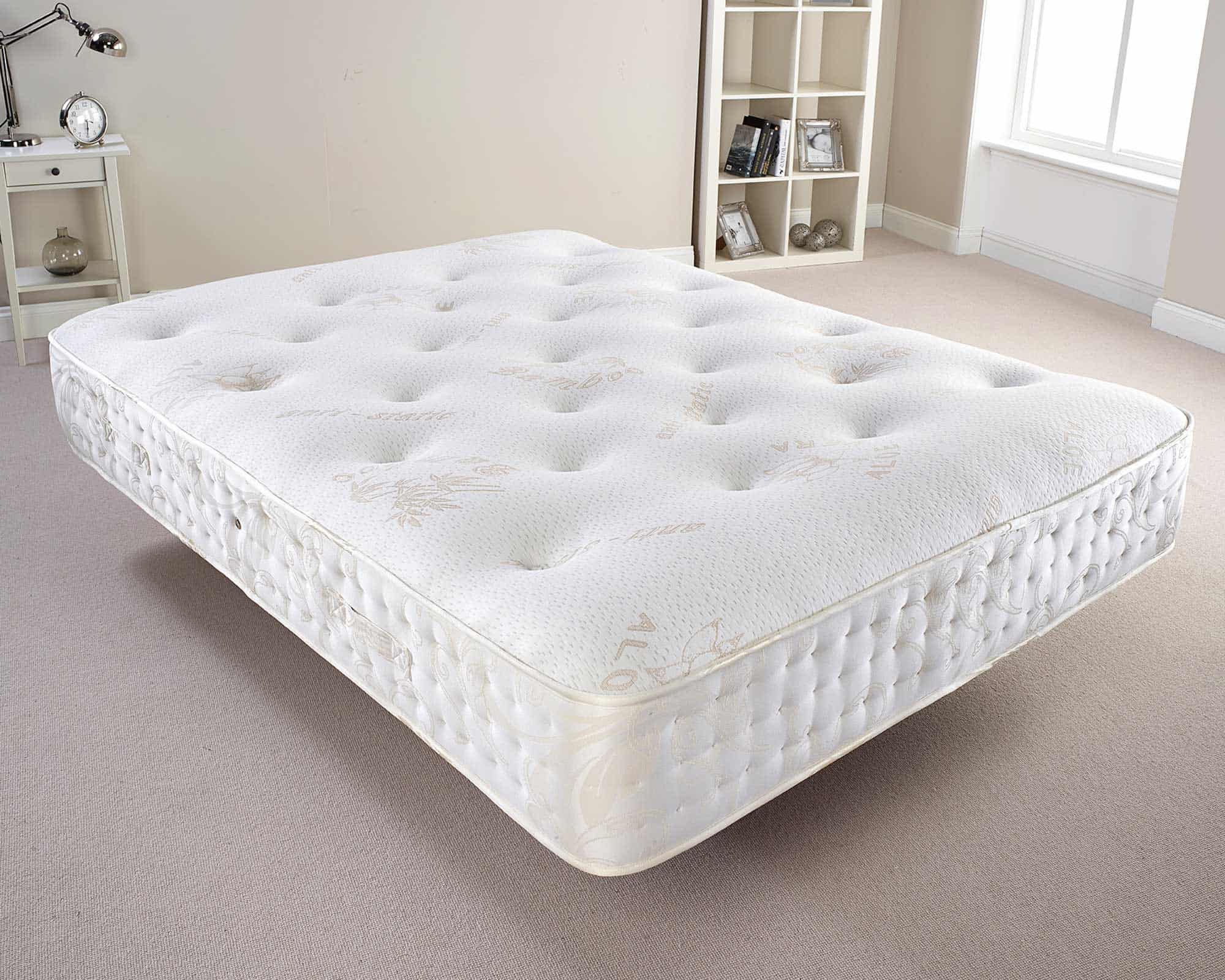When it comes to preparing for a new baby, choosing the right crib mattress is an important decision. However, many parents are unaware of the potential dangers that lie within conventional crib mattresses. These mattresses are often treated with a variety of chemicals, some of which have been linked to developmental issues in infants. In this article, we will explore the top 10 chemicals found in crib mattresses and how they can affect your baby's development.Chemicals in Crib Mattresses and Their Impact on Baby Development
One of the most common chemicals found in crib mattresses is flame retardants. These chemicals are added to prevent the mattress from catching fire, but they can also have negative effects on your baby's development. Studies have shown that exposure to flame retardants can lead to hormonal disruptions, cognitive delays, and even behavioral issues in children. It is important to avoid flame retardants when choosing a crib mattress for your baby.The Dangers of Flame Retardants in Crib Mattresses for Baby Development
When shopping for a crib mattress, it is essential to look for one that is free from harmful chemicals. Look for mattresses that are certified organic and made with natural materials, such as organic cotton or wool. These materials are naturally flame-resistant and do not require the use of chemical treatments. You can also look for mattresses that are Greenguard or CertiPUR certified, which means they have been tested for harmful chemicals.How to Choose a Safe and Non-Toxic Crib Mattress for Your Baby
Research has shown that exposure to certain chemicals in crib mattresses can lead to developmental delays in infants. For example, phthalates, which are often used as plasticizers in mattresses, have been linked to motor skill delays and behavioral issues in children. Other chemicals, such as formaldehyde and boric acid, have been linked to respiratory issues and skin irritation in infants. It is important to choose a mattress that is free from these harmful substances.The Link Between Crib Mattress Chemicals and Developmental Delays in Infants
In addition to developmental delays, chemicals found in crib mattresses can also pose other health risks for babies. Some chemicals, such as polyurethane foam, have been linked to respiratory issues, allergies, and skin irritation. Babies are especially vulnerable to these health risks due to their developing immune and respiratory systems. By choosing a non-toxic crib mattress, you can help protect your baby's health and well-being.Understanding the Potential Health Risks of Crib Mattress Chemicals for Babies
Organic crib mattresses are becoming increasingly popular among parents, and for good reason. These mattresses are made with natural materials that are free from harmful chemicals, making them safe for your baby's development. Organic cotton, wool, and natural latex are all great options for a non-toxic and eco-friendly crib mattress. They are also more breathable, which helps regulate your baby's body temperature and reduce the risk of SIDS.The Importance of Choosing an Organic Crib Mattress for Your Baby's Development
Aside from flame retardants, there are several other chemicals commonly found in crib mattresses that can have negative effects on baby development. These include volatile organic compounds (VOCs), which can emit harmful fumes and affect the air quality in your baby's nursery. Other chemicals, such as polybrominated diphenyl ethers (PBDEs) and formaldehyde, have been linked to neurological and developmental issues in children. It is important to read the labels and avoid these chemicals when choosing a crib mattress.Common Chemicals Found in Crib Mattresses and Their Effects on Baby Development
In addition to choosing a non-toxic crib mattress, there are other steps you can take to promote healthy baby development. For example, using a waterproof mattress cover can help protect your baby from exposure to chemicals that may be present in the mattress. You can also air out the mattress before use to help reduce any off-gassing. It is also helpful to regularly clean and vacuum your baby's mattress to remove any dust or allergens that may have settled on the surface.How to Avoid Harmful Chemicals in Crib Mattresses and Promote Healthy Baby Development
Natural latex is a popular material for crib mattresses due to its many benefits for baby development. It is a natural and sustainable material that is resistant to dust mites, mold, and mildew. It is also breathable and provides excellent support for your baby's growing body. Additionally, natural latex is free from harmful chemicals and is a great option for parents looking for a safe and eco-friendly crib mattress.The Benefits of Using a Natural Latex Crib Mattress for Your Baby's Development
As mentioned earlier, chemicals in crib mattresses can contribute to respiratory issues in infants. This is because these chemicals can emit fumes that can irritate your baby's lungs and airways. Formaldehyde, for example, is a known respiratory irritant and has been linked to an increased risk of asthma in children. By choosing a non-toxic crib mattress, you can help reduce the risk of respiratory issues and promote better overall health for your baby.Exploring the Connection Between Crib Mattress Chemicals and Respiratory Issues in Babies
Understanding the Impact of Crib Mattress Chemicals on Baby Development

The Importance of a Safe and Healthy Environment for Your Baby
 As parents, we always want what is best for our children, especially when it comes to their health and well-being. From the food they eat to the products we use on their delicate skin, every decision we make can have a significant impact on their development. However, one area that often goes overlooked is the crib mattress. While it may seem like a harmless and essential item in your baby's nursery, the chemicals used in many crib mattresses can have a detrimental effect on your baby's health and development.
Crib Mattress Chemicals and Their Effects on Your Baby
Many crib mattresses are made with chemicals such as flame retardants, polyurethane foam, and vinyl, which can release harmful gases known as volatile organic compounds (VOCs) into the air. These chemicals have been linked to respiratory issues, allergies, and even developmental delays in babies. Additionally, some of these chemicals, such as flame retardants, have been linked to hormonal disruptions and neurodevelopmental disorders.
The Impact on Baby Development
Babies are particularly vulnerable to the effects of these chemicals due to their developing respiratory and immune systems. Their small size and developing organs make them more susceptible to the harmful effects of VOCs. Inhaling these chemicals can lead to respiratory issues, including asthma and allergies, which can have long-term effects on a child's health. Furthermore, exposure to these chemicals during critical stages of development can lead to delays in cognitive and motor skills, as well as behavioral problems.
Creating a Safe and Non-Toxic Environment for Your Baby
As parents, it is crucial to create a safe and non-toxic environment for our children to thrive in. When it comes to your baby's crib mattress, opting for an organic and non-toxic option can make a significant difference in their health and development. Look for mattresses made with natural materials such as organic cotton, wool, and latex, which are free from harmful chemicals. These materials are not only better for your baby's health, but they also provide a more comfortable and supportive sleep surface.
In conclusion, it is essential to understand the potential impact of crib mattress chemicals on your baby's health and development. By choosing a non-toxic and organic option, you can ensure a safe and healthy environment for your little one to grow and thrive in. Let’s prioritize our children’s well-being and make informed decisions when it comes to the products we use in their everyday lives.
As parents, we always want what is best for our children, especially when it comes to their health and well-being. From the food they eat to the products we use on their delicate skin, every decision we make can have a significant impact on their development. However, one area that often goes overlooked is the crib mattress. While it may seem like a harmless and essential item in your baby's nursery, the chemicals used in many crib mattresses can have a detrimental effect on your baby's health and development.
Crib Mattress Chemicals and Their Effects on Your Baby
Many crib mattresses are made with chemicals such as flame retardants, polyurethane foam, and vinyl, which can release harmful gases known as volatile organic compounds (VOCs) into the air. These chemicals have been linked to respiratory issues, allergies, and even developmental delays in babies. Additionally, some of these chemicals, such as flame retardants, have been linked to hormonal disruptions and neurodevelopmental disorders.
The Impact on Baby Development
Babies are particularly vulnerable to the effects of these chemicals due to their developing respiratory and immune systems. Their small size and developing organs make them more susceptible to the harmful effects of VOCs. Inhaling these chemicals can lead to respiratory issues, including asthma and allergies, which can have long-term effects on a child's health. Furthermore, exposure to these chemicals during critical stages of development can lead to delays in cognitive and motor skills, as well as behavioral problems.
Creating a Safe and Non-Toxic Environment for Your Baby
As parents, it is crucial to create a safe and non-toxic environment for our children to thrive in. When it comes to your baby's crib mattress, opting for an organic and non-toxic option can make a significant difference in their health and development. Look for mattresses made with natural materials such as organic cotton, wool, and latex, which are free from harmful chemicals. These materials are not only better for your baby's health, but they also provide a more comfortable and supportive sleep surface.
In conclusion, it is essential to understand the potential impact of crib mattress chemicals on your baby's health and development. By choosing a non-toxic and organic option, you can ensure a safe and healthy environment for your little one to grow and thrive in. Let’s prioritize our children’s well-being and make informed decisions when it comes to the products we use in their everyday lives.





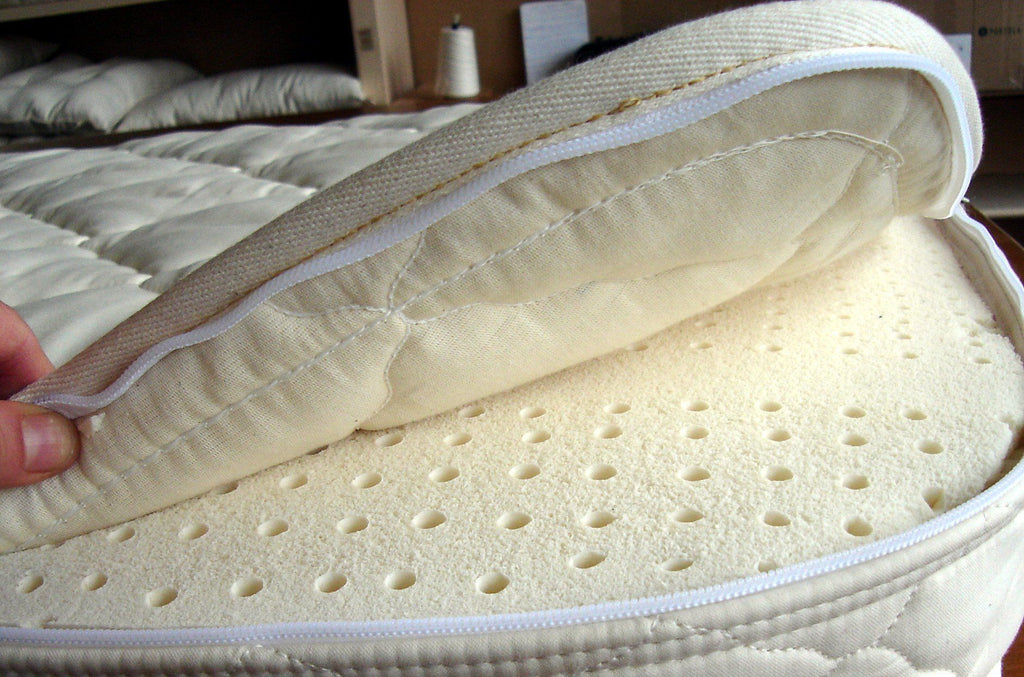
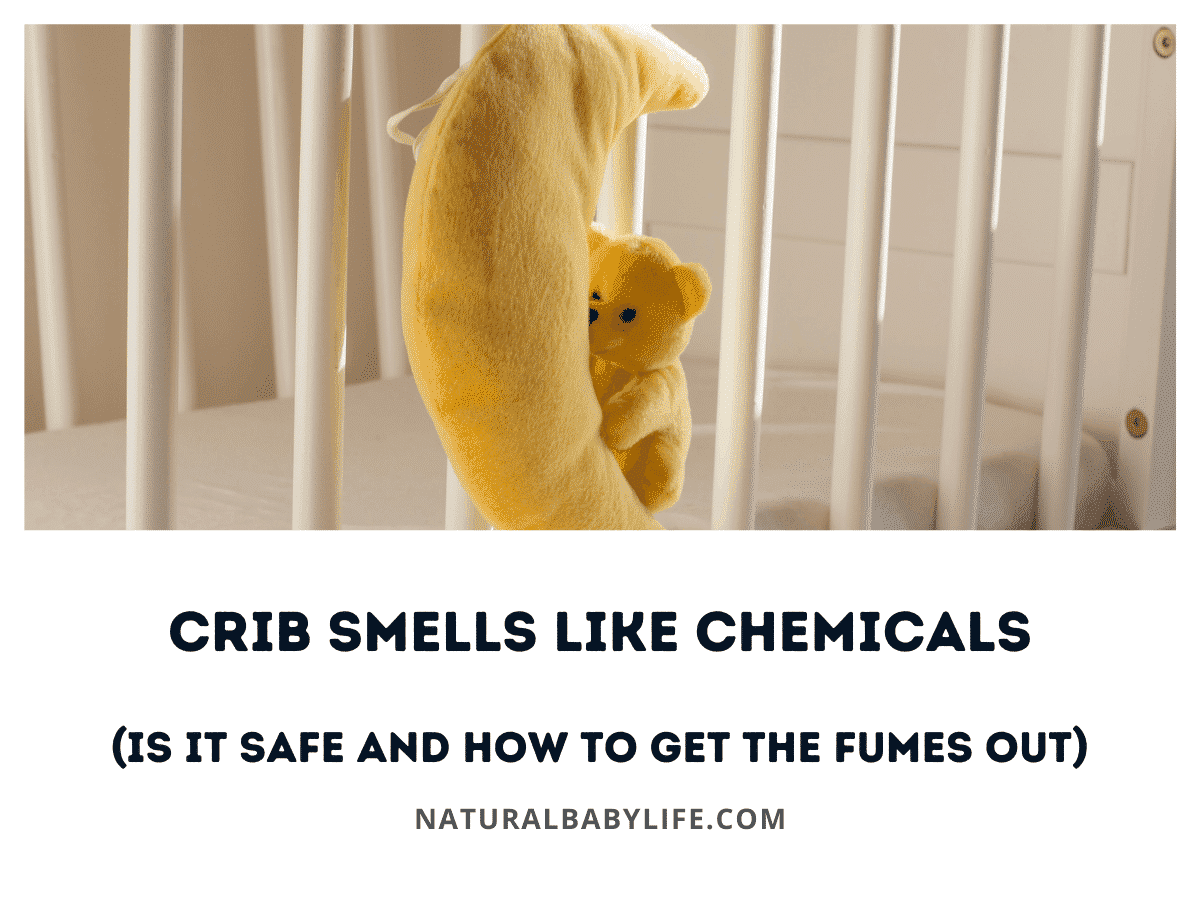
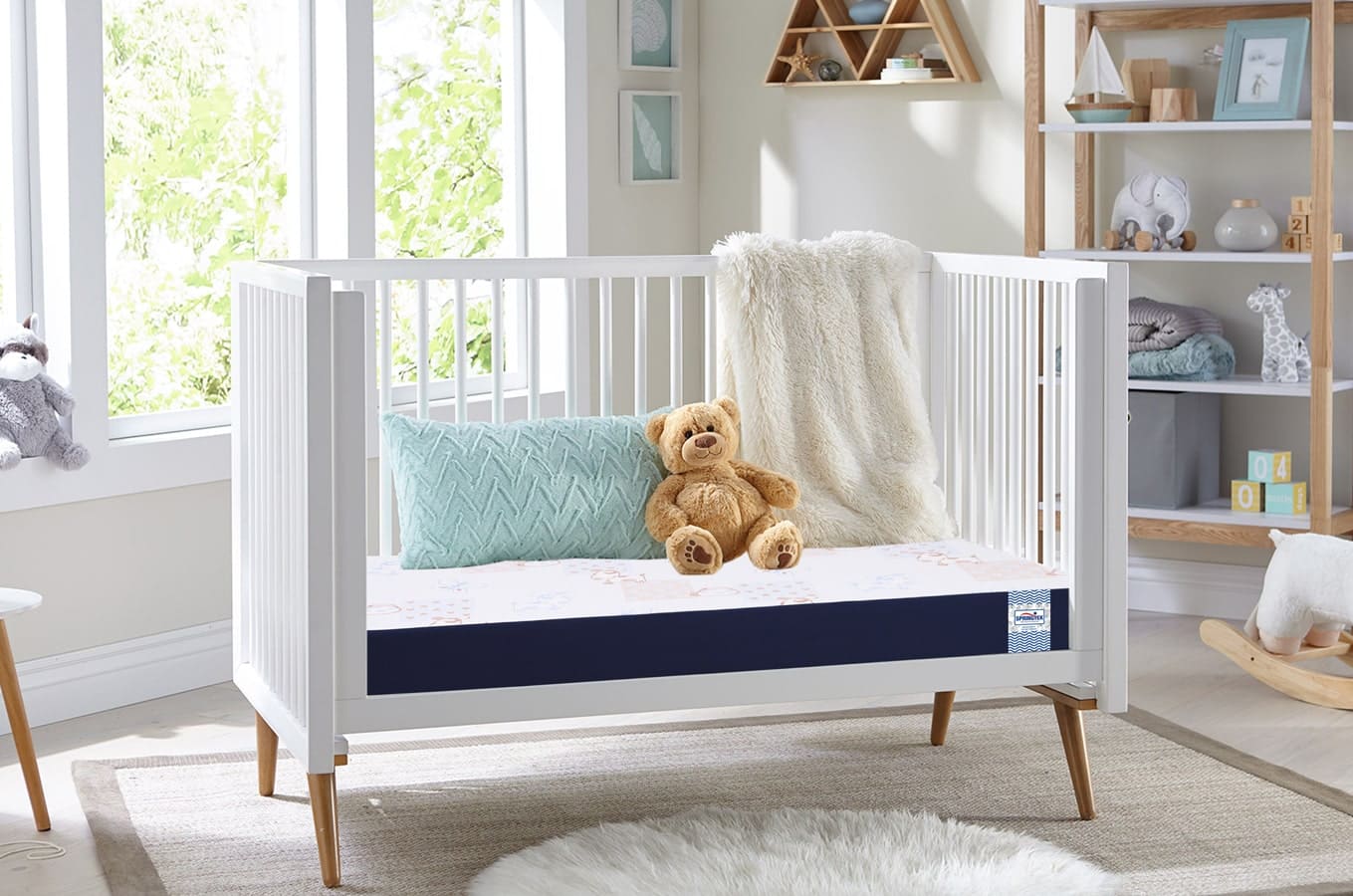
/GettyImages-102357646-5568a9ec50b04f90a594acb93db1b014.jpg)
